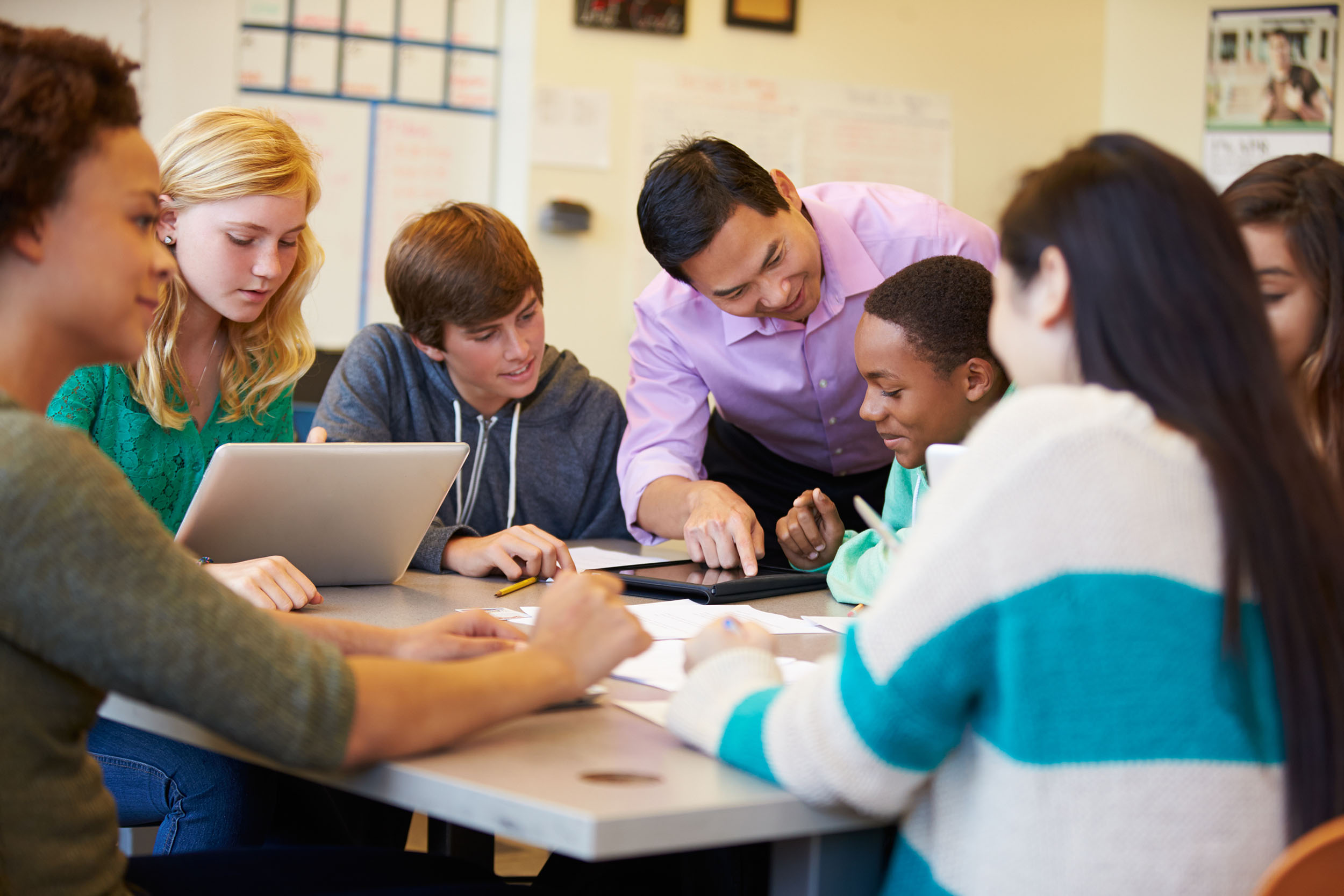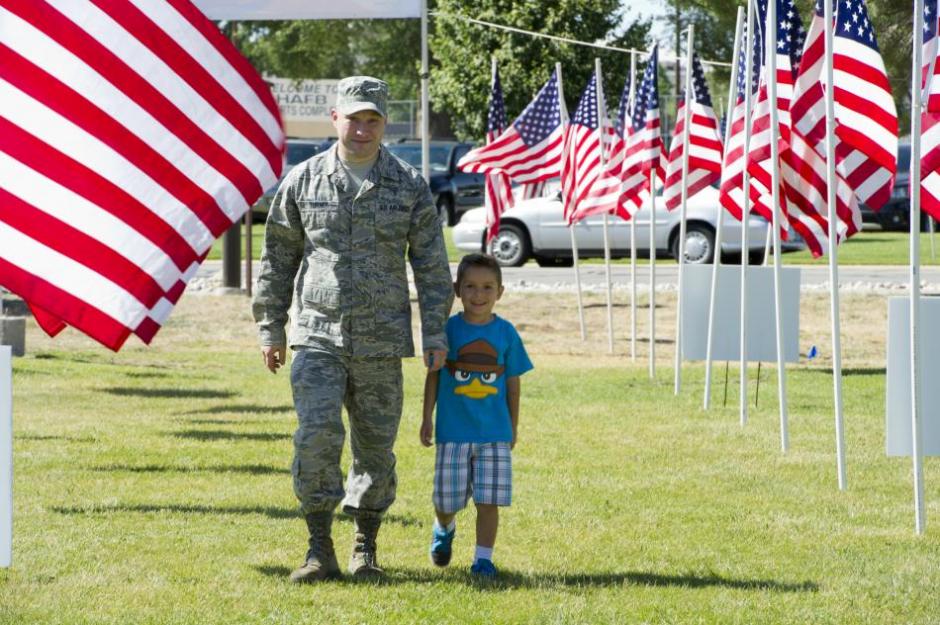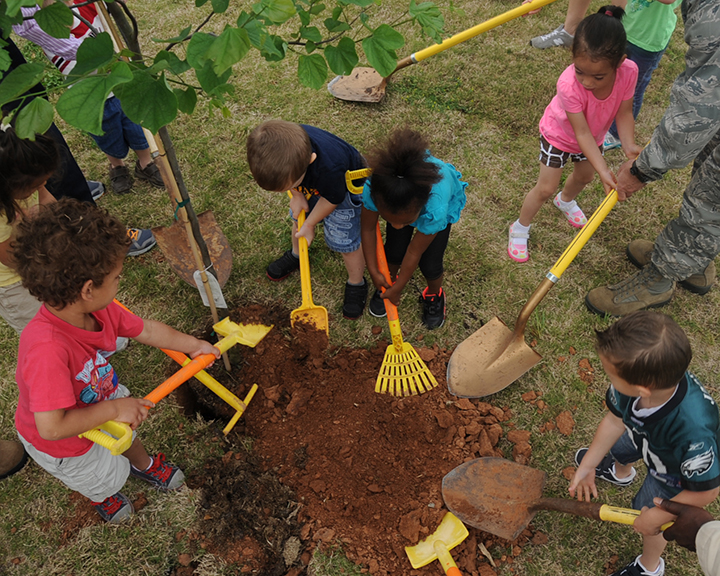Officials at Danville, Illinois’ Kenneth D. Bailey Academy want students to look up to military veterans, literally.
The school is soliciting nominations of veterans who live in Vermilion County to induct into the academy’s “Wall of Honor,” an initiative launched by Principal Tracy Cherry in 2016 to recognize role models who have served both their community and their country with honor, the Commercial-News reports.
“It’s part of our mission and our vision,” Cherry said. “It’s a way to support people in our community who have given back. “We usually try to honor one to three veterans each year.”
Honored veterans were announced during an all-school assembly at Bailey Academy, and their names were included in a Salute to Veterans Concert at Danville High School, as well. School officials will hang a plaque with the honoree’s picture and information on the Wall of Honor in the school hallway, and those veterans will also receive a smaller plaque to take home, according to the news site.
The Wall of Honor sits opposite a mural of Kenneth D. Bailey, the school’s namesake and a Danville native who received the Congressional Medal of Honor for his heroism as a U.S. Marine serving in the Pacific Theatre during World War II. Bailey was gunned down during a patrol mission in 1942, though his heroics on the battlefield are well documented.
Bailey Academy students “see the veterans’ pictures and their stories on the wall as they pass by, and they know it’s something they can aspire to in their life, too,” Cherry said. “It’s important for us to recognize people in our community while they are still with us because sometimes they don’t get recognized until after it’s too late.”
The Wall of Honor nominations are open to both men and women from all branches of military service who continued to serve in their community as civilians. A committee of four community members and three Bailey Academy staff review nominations, as well as nominations from previous years, to select inductees.
“The committee enjoys the process every year,” Cherry said. “We’ve always had a decent number of applications.”
What makes this program so authentic is that it is rooted in the life of a local hero and the School’s namesake. This program further illustrates the findings of Institute of Advanced Studies in Culture researchers in the recently published book, The Content of Their Character regarding their findings about rural schools which were studied. They found that three spheres of moral obligation were characteristic of these schools. First is an appreciation of immigration; second is religious responsibility, and third is the value of military service. The study of the rural high schools showed that in these schools that the students were not pressured to join or consider the military, rather “there was simply a clear expectation that people respect and honor those serving, those who had served, and those students thinking about joining.”
Teachers and principals interested in strengthening character, moral and citizenship formation at their school will find information and strategies at the UK’s The Jubilee Centre.









